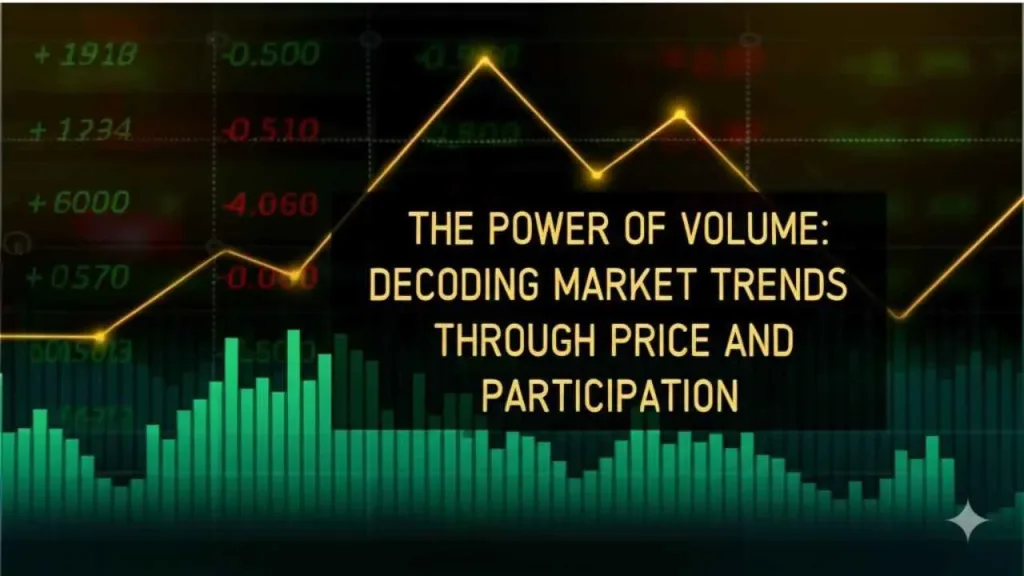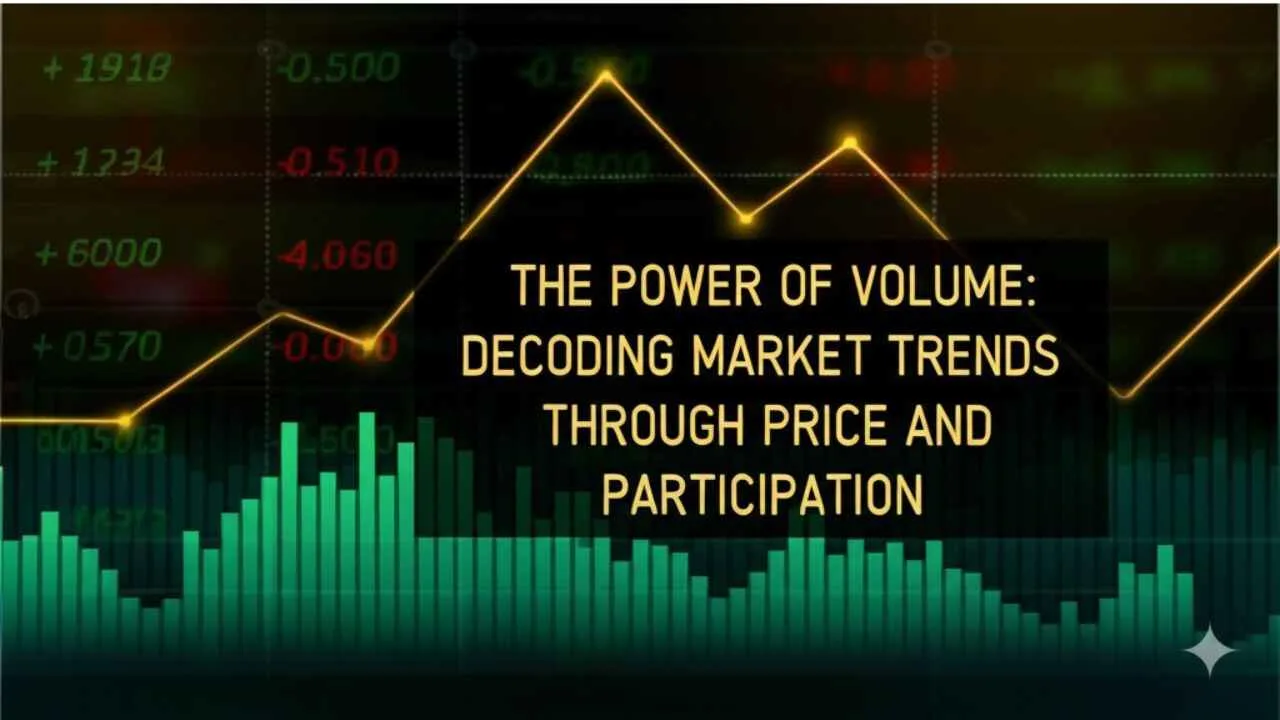The Power of Volume: Decoding Market Trends Through Price and Participation
In the world of trading, volume tells a story that price alone cannot. It’s the pulse of the market—the battle cry of buyers and sellers locked in a daily tug-of-war. And understanding this one key indicator can dramatically improve how you interpret trends, spot reversals, and gauge the strength of a move.
Let’s break it down.
Volume and Price: The Battlefield
Every chart is a battlefield. The war? Between the bull army and the bear brigade. The side with more soldiers—and better equipment—usually wins. In trading terms, those soldiers are buyers and sellers, and their weapons are capital and conviction.
So what does it mean when volume rises alongside price?
It’s a sign that the bull army is not just active but charging ahead with strength. Increased volume confirms participation. If prices are rising on low volume, the move might be fragile. But if volume swells in tandem with price, that’s the hallmark of a strong, sustainable trend.
Take a look at your chart. Notice those areas where price climbs steadily—and each leg up is matched by a rise in volume. That’s no coincidence. It’s confirmation that the market isn’t just moving—it’s moving with power.
The Thumb Rules of Volume
There are a few golden rules when it comes to reading volume:
- Volume never lies. Price can be manipulated; volume, not so much. You can’t hide how many participants are involved in a move.
- Compare volume relatively. Always assess volume in the context of recent days. A surge today only matters if it’s significantly higher than the average of the past few sessions.
- Breakouts require volume. If a stock breaks out of a consolidation range, volume should follow. No volume? No conviction.
These aren’t just theories—they play out on charts daily.
Real-World Examples: Reading the Tape
Consider a breakout scenario: the market consolidates for days, maybe weeks. Then suddenly, a big green candle breaks the range—and it’s backed by a spike in volume. That’s a clear message. The buyers are here, and they mean business.
Now flip the script.
When the market falls with high volume, it signals intense selling pressure. This isn’t just profit-taking or a shallow dip—this is the bear army mounting an offensive. Such downtrends tend to persist, often dragging prices lower in sustained waves.
This is what we call a “strong downtrend.” And just like with rallies, it’s crucial to notice when that selling volume begins to wane. That’s your early clue the selling might be exhausting, and a bottom or consolidation is near.

The Signal Within the Noise
Take Nifty, for instance. In recent sessions, we saw a huge spike in volume without significant price damage. This is what seasoned traders call “absorption.” Despite heavy selling, the price holds firm—an indication that smart money is buying everything the panic sellers are unloading. Often, this sets the stage for a strong rally.
Or look at Tata Motors. At its recent peak, it gapped down sharply—and volume surged. At first glance, the bar might not seem impressive compared to previous sessions, but context is everything. That volume surge was enough to kickstart a sharp correction, a clear sign of distribution.
These aren’t just moments. They’re insights. If you can read them correctly, you gain a serious edge.
The Only Two Truths in the Market
Ultimately, all indicators, oscillators, and models—whether it’s RSI, Bollinger Bands, or moving averages—are built on just two foundational data points: price and volume.
Everything else is derived.
Back in the 90s, traders didn’t have fancy charting software. They tracked prices and volumes by hand. If price went up and volume followed, they knew something big was brewing. That simple analysis was powerful—and in many ways, it still is.
Today, with advanced tools and real-time data, it’s even easier to spot these signals. But the core principle remains: if you can understand price and volume deeply, you’ve already solved 80% of the market puzzle.
The rest? That’s just refinement.
